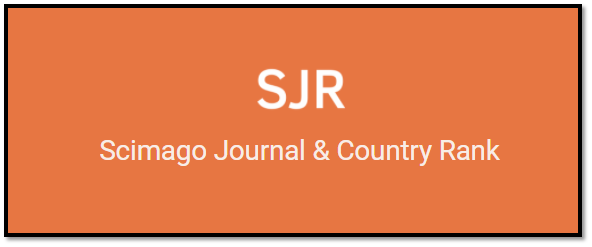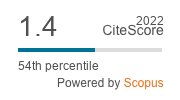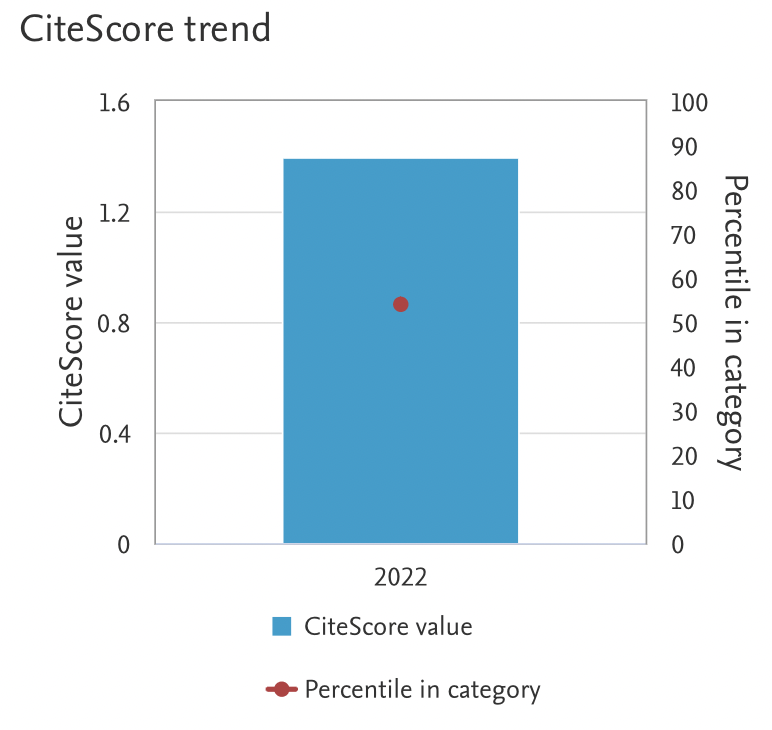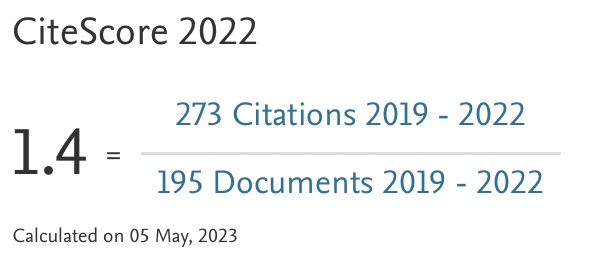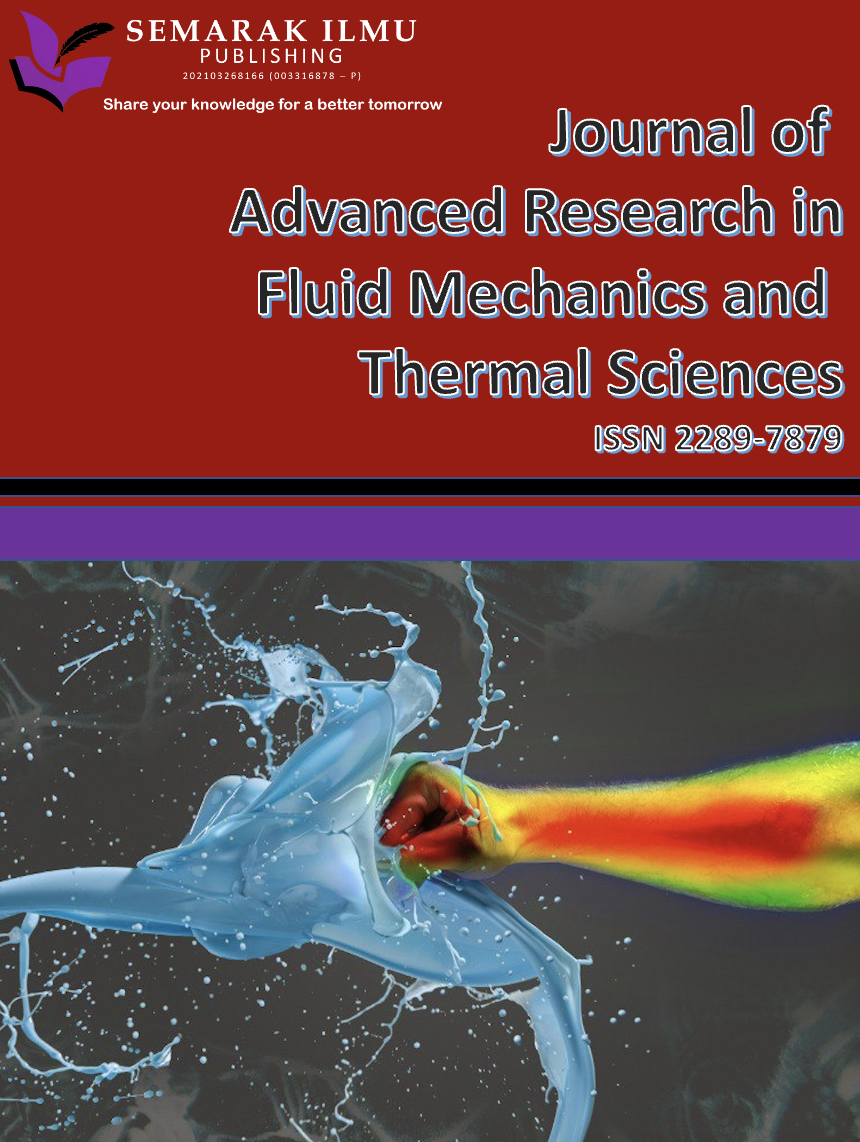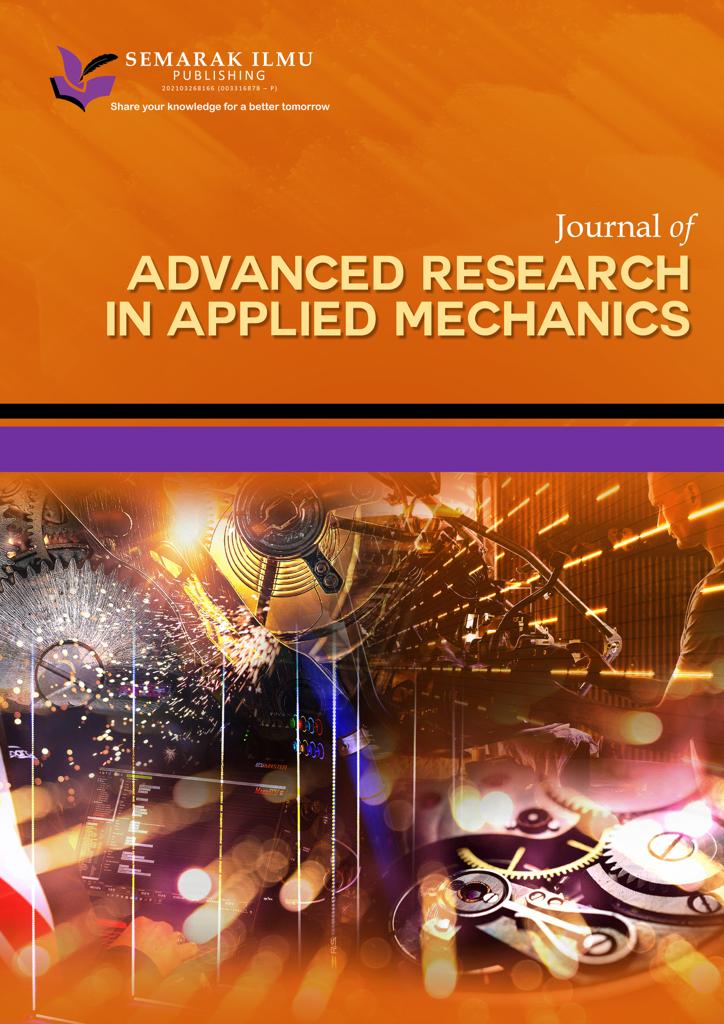Performance of linear and stochastic cell-growth model of ductal carcinoma in situ (DCIS)
DOI:
https://doi.org/10.37934/araset.46.2.19Keywords:
Stochastic differential equations, Stochastic Runge-Kutta, Stochastic biological modelling, Gompertzian modelAbstract
According to World Health Organization (WHO), in 2020 there were 2.3 million of women have been diagnosed with breast cancer and there are up to 685,000 deaths globally. 85% of breast cancer arises in the lining cells (epithelium) of the ducts known as ductal carcinoma in situ (DCIS). One of the contributing factors that increase cancer mortality is the lack of understanding of the biological complexities of cancer growth and its evolution. Mathematical-model approaches are widely used to quantitatively understand the behaviour of the cancer cells and the treatment resistance. In order to justify the treatment customization and convey the treatment inefficacy, the mathematical modelling is usually considered as a tool to support drug and treatment decision making. By now, several mathematical models via ordinary differential equations (ODEs) for the cancer cell growth process have been formulated in the literature. Unfortunately, due to the noise behaviour of cancerous cells, the developed linear model cannot represent the real behaviour of the cancer cells growth which led to the development of stochastic model of cancer cells growth. This study is devoted to comparing the performance of linear and stochastic cell growth model of DCIS. The linear model cell growth model of DCIS has been solved via Runge-Kutta method of order 4.0 while the stochastic cell growth model of DCIS has been solved via fifth-stage stochastic Runge-Kutta method (SRK5) of order 2.0. The numerical results obtained have been compared to the real cell growth data for DCIS patients and the best model representing the cell growth of DCIS has been concluded. This study has shown that stochastic Gompertzian model's has a great representation of the real systems of breast cancer cell growth. This useful clinical knowledge provides a better understanding of cancer evolution to overcome the treatment resistance hence may help oncologists to design better treatment strategies and bring opportunities to treat cancer patients.
Downloads
Published
2024-05-02
How to Cite
Nurul Anis Abdul Satar, Noor Amalina Nisa Ariffin, Norhayati Rosli, & Mazma Syahidatul Ayuni Mazlan. (2024). Performance of linear and stochastic cell-growth model of ductal carcinoma in situ (DCIS). Journal of Advanced Research in Applied Sciences and Engineering Technology, 46(2), 1–9. https://doi.org/10.37934/araset.46.2.19
Issue
Section
Articles


